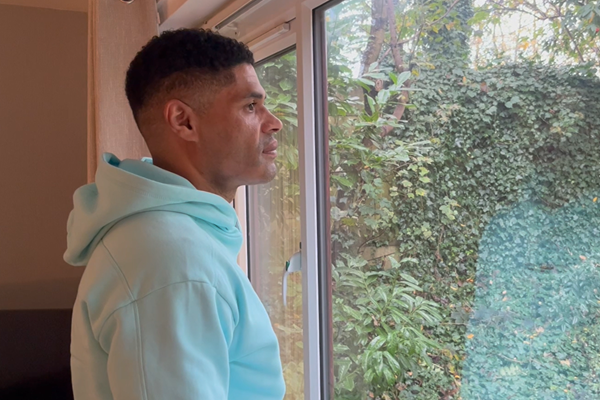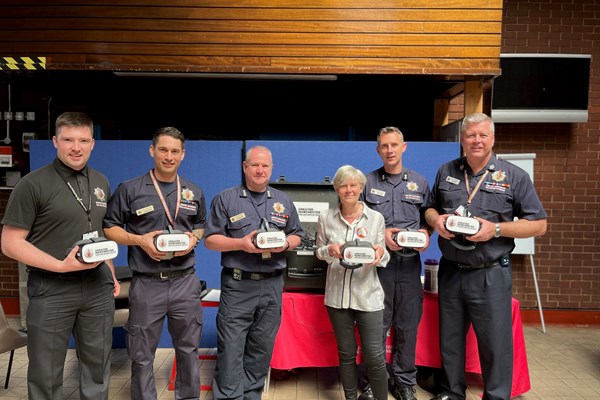
Winter Driving
How to prepare for driving on ice
- Firstly, ask yourself, is your journey really necessary?
- Tyre grip is greatly reduced on icy roads and braking distances are much longer.
- Before you leave home, make sure you have a fully charged mobile phone (and a charger cable), water, a few snacks and a warm blanket.
- If you are driving to meet someone, let them know your route and expected time of arrival.
- Ensure all your windows and mirrors are completely clear before you set off.
How to drive on icy roads
- Anticipation and smoothness are key for driving on icy roads.
- Look ahead for potential hazards, such as patches of ice and keep your speed down.
- To reduce the risk of a skid, accelerate, brake, steer and change gear as smoothly as possible.
- Using a high gear may be more appropriate to aid grip on packed ice.
- This helps manage engine delivery, making it easier to find traction, if it's a manual, you might need to slip the clutch a little to prevent the car from stalling.
- Many automatics will let you select second gear at a standstill to pull away in.
What is the braking distance on ice?
Braking distances can increase tenfold on ice compared to a dry road. For this reason, you should leave up to 10 times the normal recommended gap between you and the car in front.
Remember, your tyres grip less efficiently in cold conditions.
So even if the temperature is above zero and there is no ice on the road, you should take extra care.
Winter tyres offer more grip and can significantly increase performance in icy conditions.
Visit for further information and advice on winter tyres (external website)
What is black ice?
Black ice is a thin layer of ice on the road surface. It is smooth and transparent and appears the same colour as the road surface.
Black ice is almost invisible to drivers, which makes it particularly dangerous. As a guide, if the temperature is low and the road surface looks wet, be careful and drive with caution as it could be black ice.
How to identify and drive on black ice
Black ice can appear as a glossy sheen on the road, you may see it glinting in the sunlight or even spot cars ahead swerving for no obvious reason.
It is likely you won't see black ice at all, so be extra cautious on shaded stretches of road, for example, bridges, flyovers and tunnels, anywhere the surface temperature may be lower. Quiet roads are more likely to be affected, if you hit a patch of black ice, don't panic:
- Keep the steering wheel straight.
- Maintain your speed, don't hit the brakes.
- Use the gears to slow down if necessary.
- Avoid any sudden movements that could destabilise the car
How to correct a skid on ice
If you do encounter a skid, steer gently into it, for example, if the rear of the car is sliding to the right, steer to the right. Do not take your hands of the steering wheel or brake hard.
How to drive in hail
Hail can impair visibility and even break your car's windows in extreme conditions. If hail is severe, stop driving and pull over to a safe, preferably sheltered area.
We recommend that you inform relatives and friends of your travel and intended route, in case of emergency.
Follow these tips for driving in hail storms:
- Stay inside the vehicle, hail falls at fast speeds and can cause injury
- If hail is severe, stop driving and pull over to a safe place so hail does not break car windows. Stop under a overpass if you can or pull out of traffic lanes and onto a hard shoulder.
- Keep your car angled so that hail is hitting the front of your car. Windshields are reinforced to withstand forward driving and pelting objects. Side windows and back glass are not and are much more susceptible to breakage.
- Avoid ditches due to the possibility of high rising water.
For further advice on risks such as aquaplaning visit RAC What is aquaplaning and how to avoid it (external website)



